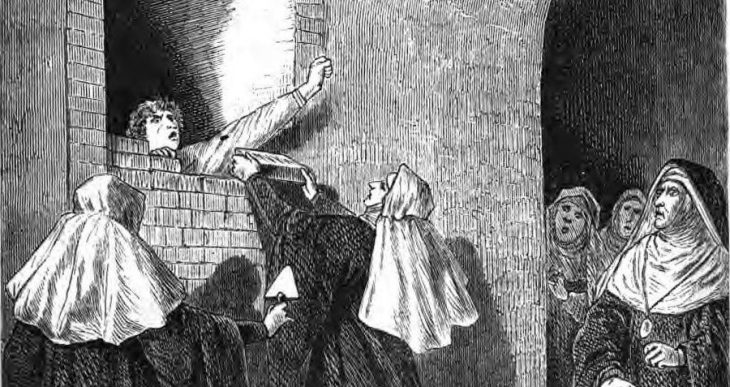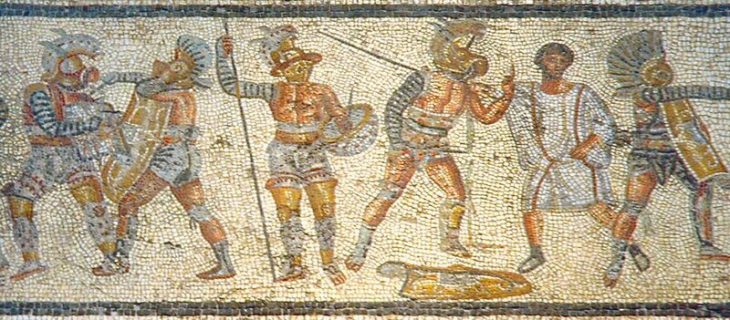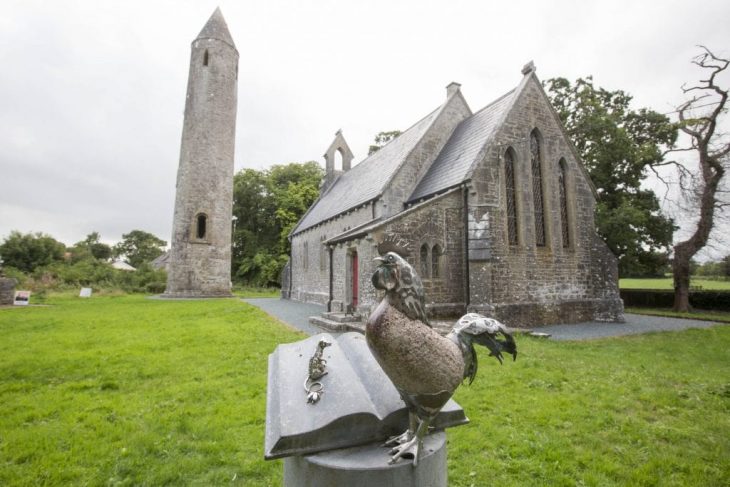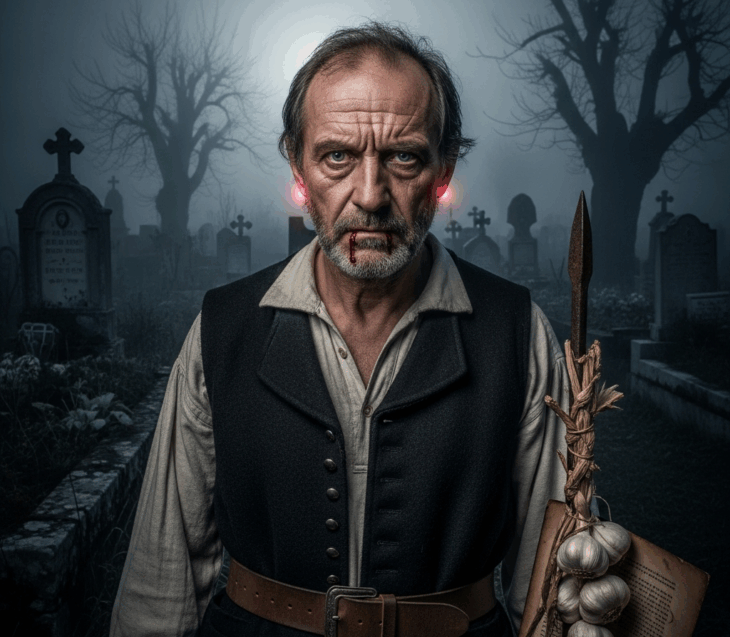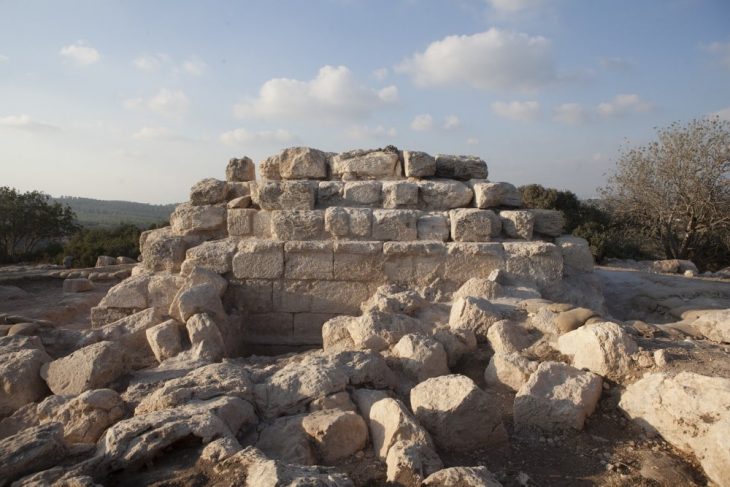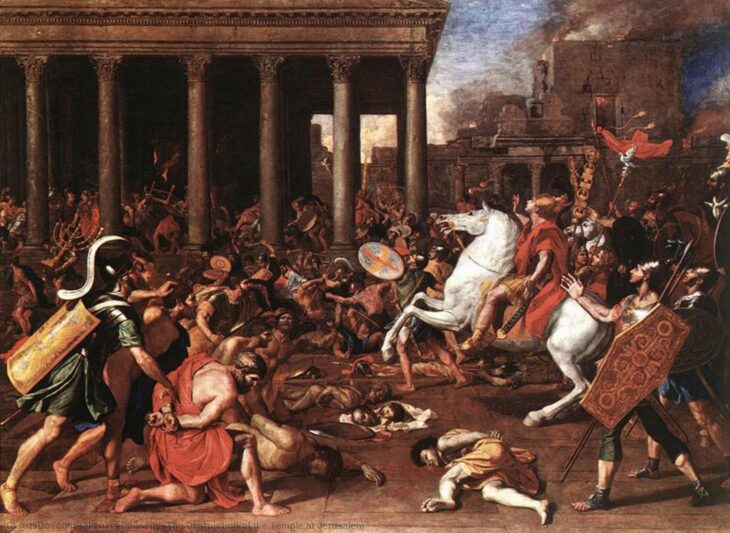Located in the Czech Republic, the Mšecké Žehrovice’s head makes an appealing piece with its delightful curling mustaches- “perhaps the closest thing to a Celtic self-portraiture”.
This Celtic Hero was found during a course of 1943 excavation of an oppidum in Mšecké Žehrovice in central Bohemia, Czech Republic. It was probably created at the end of the third or at beginning of the second century BC. Ever since its discovery in 1943, the head has become one of the icons of Celtic art.
Mšecké Žehrovice’s head is one of the most well-known surviving pieces of Celtic art not just in the Czech Republic, but across Europe.
The Celts were one of the great peoples of antiquity that inhabited much of Western and Central Europe. To their contemporaries, the Romans and the Greeks, they were known as great warriors who carried out deep invasions into Italy, the Balkans, and even modern Turkey.
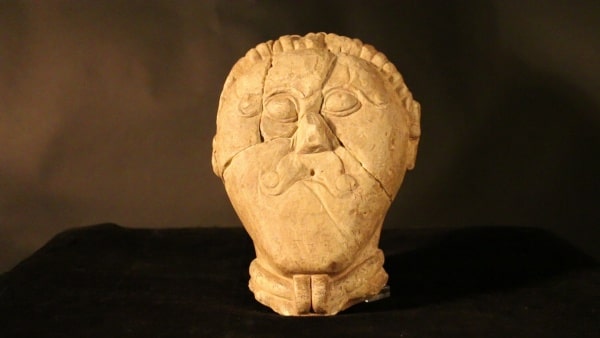
They created art that is now known as “La Tène culture” between the fifth and first centuries BC. It is named after the site of La Tène in Switzerland, where thousands of objects deposited in a lake were found during the 19th century.
📣 Our WhatsApp channel is now LIVE! Stay up-to-date with the latest news and updates, just click here to follow us on WhatsApp and never miss a thing!!
The Mšecké Žehrovice Head, also known as The Celtic Hero from Bohemia was probably created at the end of the third or at beginning of the second century BC.
The sculpture was buried in a pit on a southwest corner of a square enclosure located within the oppidum. The stone head, sculpted from local Cretaceous limestone, has a maximum height of 234mm and width of 174mm. The sculpture was broken into at least five pieces sometime in antiquity. Four pieces have been found in fairly good condition.

The face is quite flattened. Facial features are projected on an almost flat surface surrounded by braid-like shaped hair. It has little combed hairs in the area above the forehead. At the back of the head, the hair appears to be shaved in a tonsure. The most prominent are the bulging oval eyes, contoured by a curvilinear eyebrow matching a similarly imposing curvilinear mustache. The mouth is suggested by a mere downward bending line. The ears are not naturalistic but rather represented as lotus buds, a stylistic form representative of La Tène art. The neck is formed in a shape of a torc, a traditional Celtic necklace.
Unfortunately, some parts of this precious sculpture were never recovered, including the right-hand side of the head and the upper part of the ear.
Along with the Glauberg “Prince” and the Warrior of Hirschlanden, it is one of the most well-known pieces of Celtic art from Iron Age Europe.




